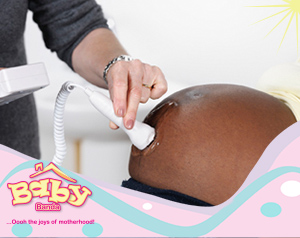When you finally go into labour and are admitted to the hospital, your baby will be closely monitored to ensure that they are able to cope with the process of labour. Your healthcare provider will usually use several measures to determine your baby’s health during labour and birth.
• Electronic Fetal Heart Monitoring
Your baby’s heart rate is usually approximately two times faster than yours and will generally range from 120 to 160 beats per minute. Your healthcare provider will check the heartbeat during and between contractions. The doctor or midwife will monitor the baby’s heartbeat with a fetal monitor or ultrasonic Doppler, used to magnify the sound of the baby’s heartbeat. These instruments are reliable and comfortable for the mother or baby. Changes in the baby’s heart rate can be a sign that the baby is having difficulty and this is commonly known as fetal distress. To get a more accurate reading the healthcare provider may choose to do a continuous electronic reading. Two belts are placed around the mother’s abdomen. These belts hold two small instruments in place. One belt records the fetal heartbeat and one records the labour contractions.
• Colour of the Amniotic Fluid
Another measure commonly used is the colour of the amniotic fluid in or from the amniotic sac. This is the fluid that surrounds the baby in your uterus. The fluid should be clear to milky white. If the colour is yellow, green or brown, it means that your baby has passed stool into the amniotic fluid. This is commonly referred to as “meconium staining.” This staining is a sign that the baby may need closer monitoring or other interventions.













